(Jun 7, 2023)“I don’t usually talk about this but I think I can talk more freely about it with Indians – I am sure I had many lifetimes in India,” smiles Ayo Oum Shanti,” as she connects with Global Indian from New York City. The founder of the nonprofit World Water Hub (WWH), Ayo was born Roberta Weiri and changed her name later, to be in tune with her spiritual side.
WWH began with Ayo’s passion project, The River Project–Ma Ganga (RPMG), which is a convergence of her experiences and fascination with the Ganges, her partner’s love for his native country, and her acumen to bring people together to find solutions.
“I was raised to be a citizen of the world,” says the eighty-year-old, who is working to build meaningful communications around water and raise funds for the Ma Ganga project in India. Her nonprofit was created to give local communities from around the world a voice, and the chance to participate and collaborate in developing viable solutions to problems involving rivers and other water related issues.
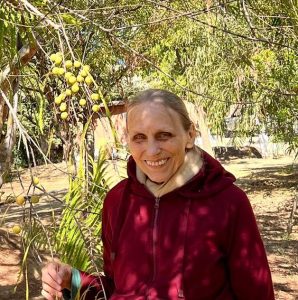
Ayo Oum Shanti
“We have just officially become part of the Pennsylvania based HSI (Humanitarian Social Innovations) fiscal sponsorship, and are addressing ourselves as HSI-WWF,” she says.
Passion to make a difference
Before her retirement, Ayo worked at Memorial Sloan Kettering Cancer Center – one of the top cancer hospitals in the world. It was a setting where shared information and collaboration were at the heart of research to find cures. As a coordinator, Ayo helmed various collaborative and outreach efforts like conferences, seminars, symposiums and PRSS.
Using this experience, Ayo aimed to create a similar model with HSI-WWH, to solve global water-related problems like floods, drought, pollution and sewage. “I truly believe that there is a solution to all these problems. Education is important. We need to just open our minds to change the situation. Once humanity has the will to make changes, it will happen. Lots can be done with the change of mindsets,” she remarks.
HSI-WWF works as an open access educational resource. “In essence we are creating a global hub around river restoration and water management for education, sharing information and solutions, and for creating a platform for collaborations,” she says.
How did it start…
During her visits to India, Ayo would spend many afternoons at the Assi Ghat in Varanasi. “I love rivers in general but there was something really magical about the Ganges,” she says. This was when the seed of starting a non-profit around water and river restoration germinated in her mind.

One of the ghats of the Ganges in Varanasi
“There can be thousands of river restoration projects in the world and there could in hundreds in India alone, but there are hardly any platforms to bring all of them together,” says Ayo. “We are creating a space where people (those involved in river restoration and water management) can collaborate and share their experiences of what’s working for them and how others can benefit from those strategies.
The significance of indigenous communities
In addition to her NGO, Ayo has plans to establish a think-tank which would focus on the Ganges and other significant water bodies, supporting geo-hydrologic eco-systems worldwide.
In her last visit to India, she spent a lot of time with the rural communities of Rajasthan. I felt an instant connection with them. “I am grateful to the Gravis (Gramin Vikas Vigyan Samiti) for connecting me to their communities at Gagadi and Bap. I am thankful for the organisation’s generosity to teach me their amazing water management systems and to the community support on so many levels,” she says.
With first-hand experience interacting with indigenous people in Rajasthan Ayo has learned a lot. She strongly believes that they have the knowledge that we need. “I would like to group these indigenous knowledge-keepers with scientists in the envisioned think tank to come up with sustainable solutions” she says. “We should not be arrogant about our knowledge because indigenous communities have more knowledge than us. Their language is not that much of a barrier – if you want to communicate, you will be able to communicate with them.”
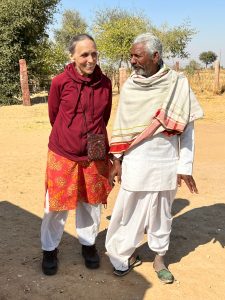
Ayo with a person from rural Rajasthan, India
World Water Quilt
To spread awareness on pressing issues, Ayo and her team have big plans for World Water Day 2024. The team is inviting, artists, photographers and poets to share their creations with them. All their creations will then be collated on fabric, in the form of a quilt and presented to the UN on World Water Day 2024 which falls on March 22. “We are hoping participation of creative minds from all over the world. Later, a book featuring the contributors of the project is also being planned,” she informs.
How Roberta Weiri became Ayo Oum Shanti
Like some Americans, Ayo follows the shamanic tradition. It revolves around the principle of being devoted to the knowledge and care of other souls and, on nurturing the ecstasy of one’s own soul.
“20 years ago, when I got divorced, my entire life changed except my name.’ Fellow followers of Shamanism said – “In our tradition when you are starting a new phase of life, you give yourself a new name that’s in harmony with what your intention is for the new phase of life. Why don’t you do the same.”
Ayo liked the idea and chose a name which is in tune with her utmost intentions. – “Ayo is an African name that means ‘joy.’ I look at my middle name ‘Oum’ as the music of the spheres and ‘Shanti’ is peace – so these are my intentions,” she says. “Spirituality is my top priority,” she smiles.
Connection with India
The spiritual soul nurtures a deep bond with India in her heart. “I grew up in what is called the Unitarian church. Under its umbrella, in Sunday school you spend the first three years learning about other religions before you learn about your own,” she mentions.
“So, the church used to bring people from other religions to talk about their beliefs,” Ayo says narrating a childhood incident. “I still remember, when I was six, an Indian woman came to give a lecture in a gorgeous red sari. I was extremely shy to speak but very clearly, I remember thinking, I come from where she comes from, although I had no idea where she came from,’ she smiles. That was the first time that Ayo had met an Indian but she felt as if she belonged to her culture.
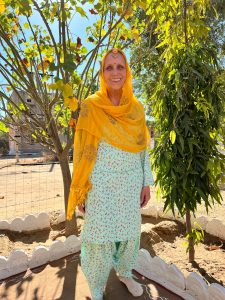
Ayo in Rajasthani attire
By the time she turned a teenager she had made lots of Indian friends, and all her friends would wonder, “Why are you so comfortable with Indians?” Perhaps as Ayo believes, she has lived many past lives as an Indian. Later, when it was time to choose a partner, she chose an Indian.
Impact of early years
Growing up Ayo was profoundly influenced by her father, a first generation American, an artist, a machinist engineer, and a Spanish Civil War and WWII veteran. “He had a big heart and a deep respect for life, nature, and all humans. It was through him that I learned what it means to have unconditional love,” she shares. Her mother has had an equally powerful influence on her life.
“My mother was referred to as a ‘crusader for lost causes’ as she was always searching for common ground in all that she did. She was involved in UN-NGOs and was an organizer for the Gray Panthers – a series of multi-generational local advocacy networks in the United States which confronts many social justice issues,” she tells.
Her parents’ influences are evident in Ayo’s passion for putting community first. “We (WWF) are functioning out my retirement fund,” tells the change maker for whom ‘future of humanity’ matters more than her own ‘future’.
Impressive zeal at eighty
After the birth of her first child, education had taken a backseat for Ayo. “I returned to my college (Hunter College, NYC) after 45 years to get my bachelor’s degree,” she says excitedly. Ten years later in 2019, she did her master’s in EDM (Emergency and Disaster Management).

Ayo in Kochi
A published poet and writer, a dancer, choreographer, world traveller, and astrologer, Ayo has held managerial positions in many industries. “If you look at my resume you would say, whoa! What exactly was she trying to do,” she laughs. “All that I have done gives me a broader perspective of different domains of the society,” she signs off.
- Follow Ayo Shanti on LinkedIn


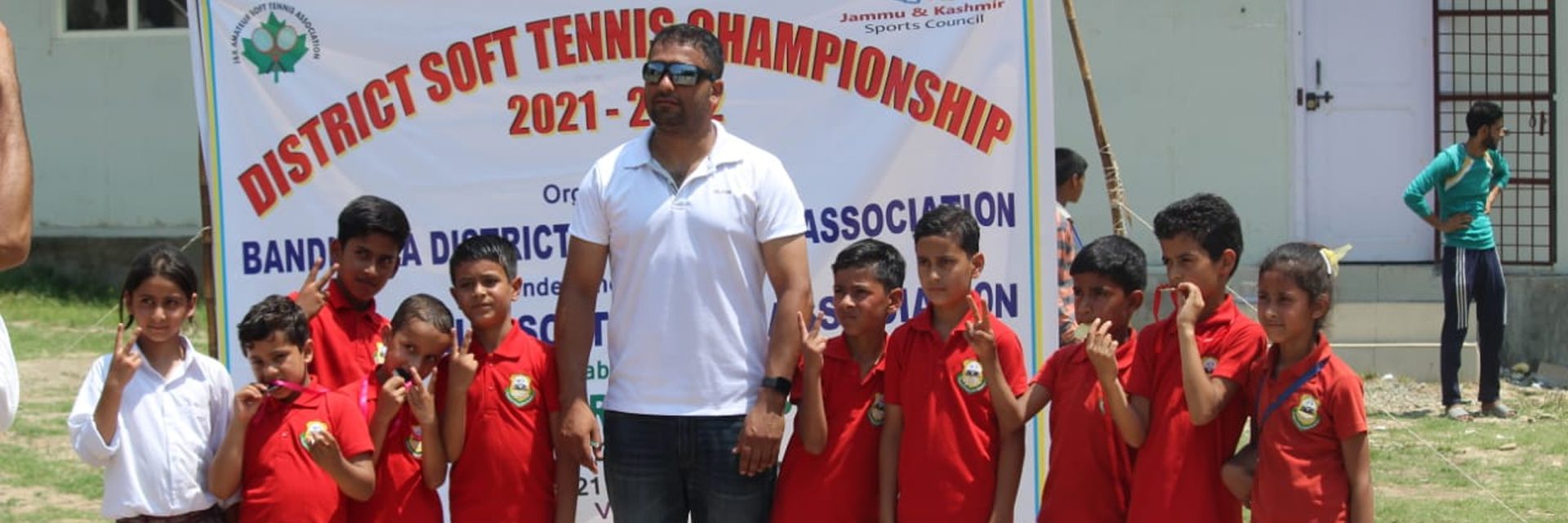
 Faisal training young girls[/caption]
Faisal training young girls[/caption]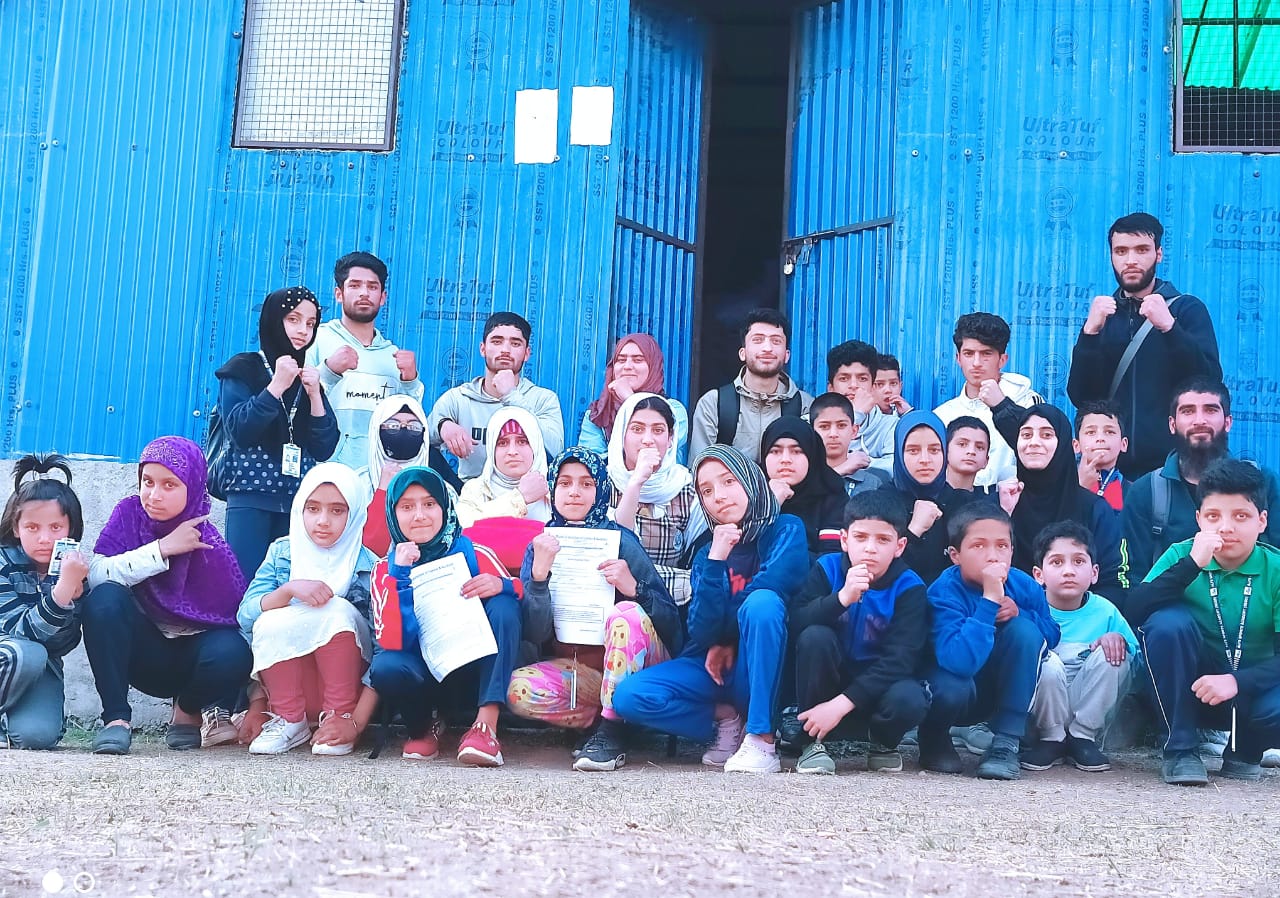 About 14,000 youngsters are being trained his centres in Jammu and Kashmir[/caption]
About 14,000 youngsters are being trained his centres in Jammu and Kashmir[/caption]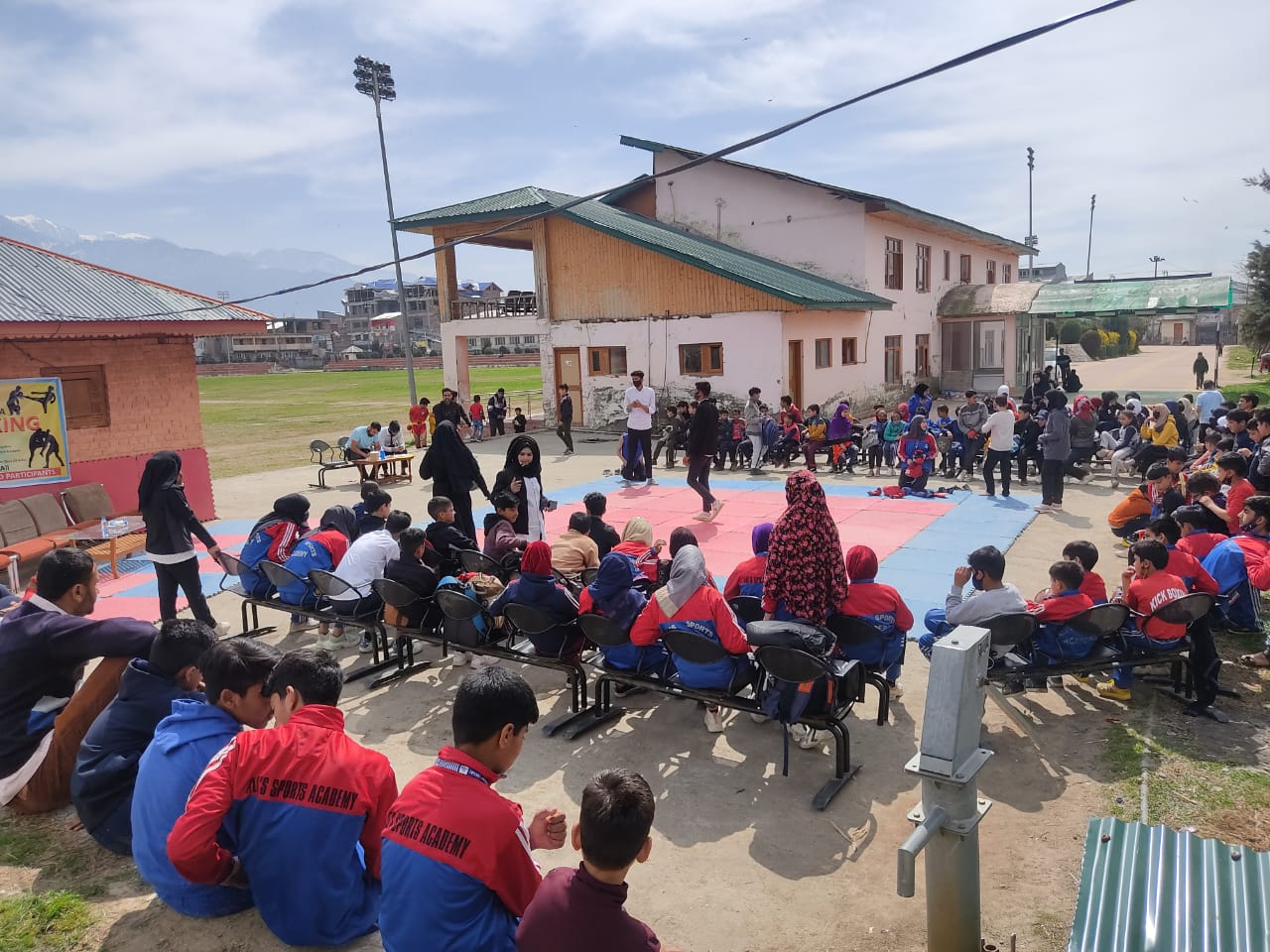 Faisal during an event at his sports academy[/caption]
Faisal during an event at his sports academy[/caption]
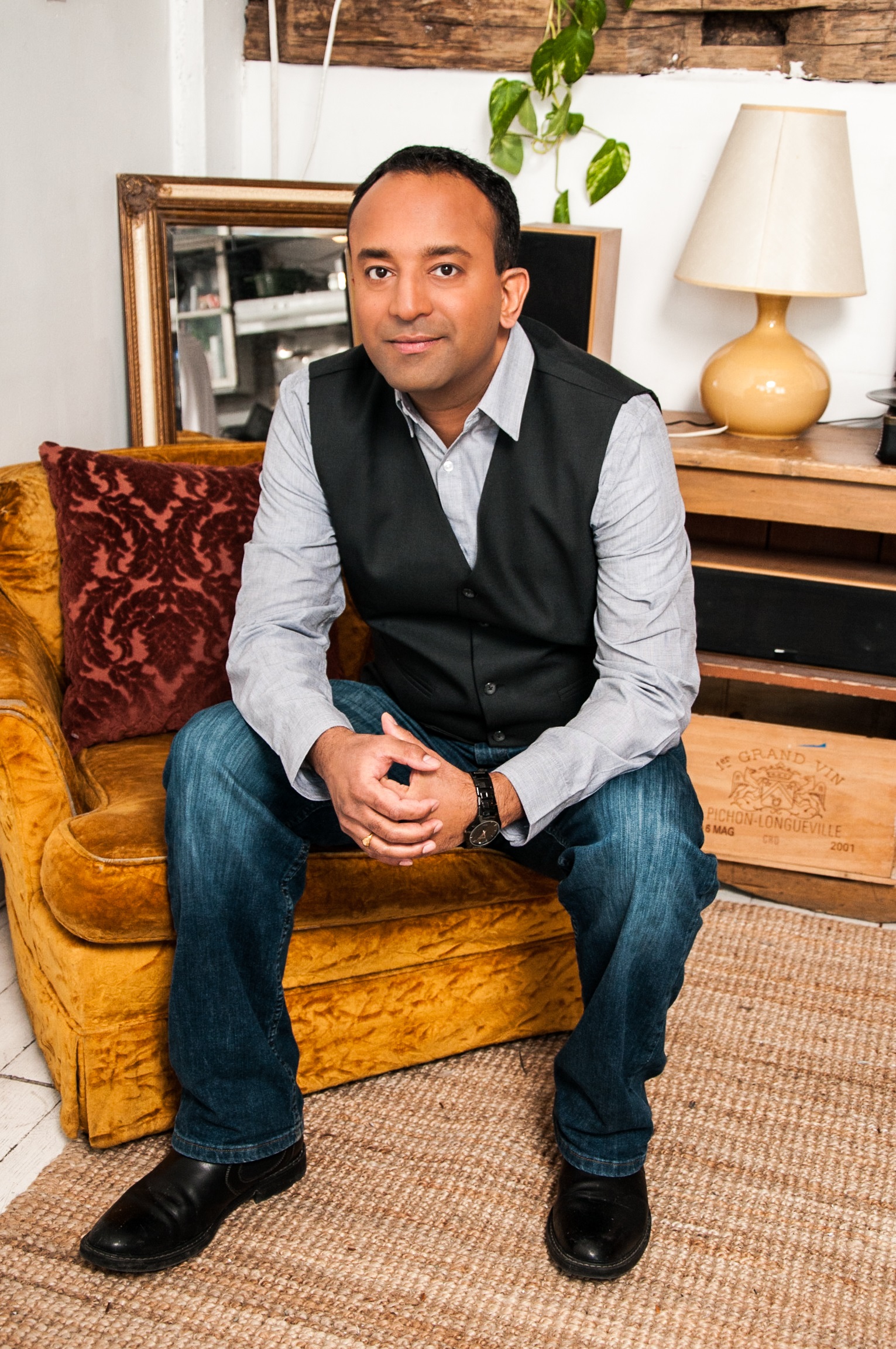
 Golfer's Edge is an indoor golf arena in Chennai[/caption]
Golfer's Edge is an indoor golf arena in Chennai[/caption]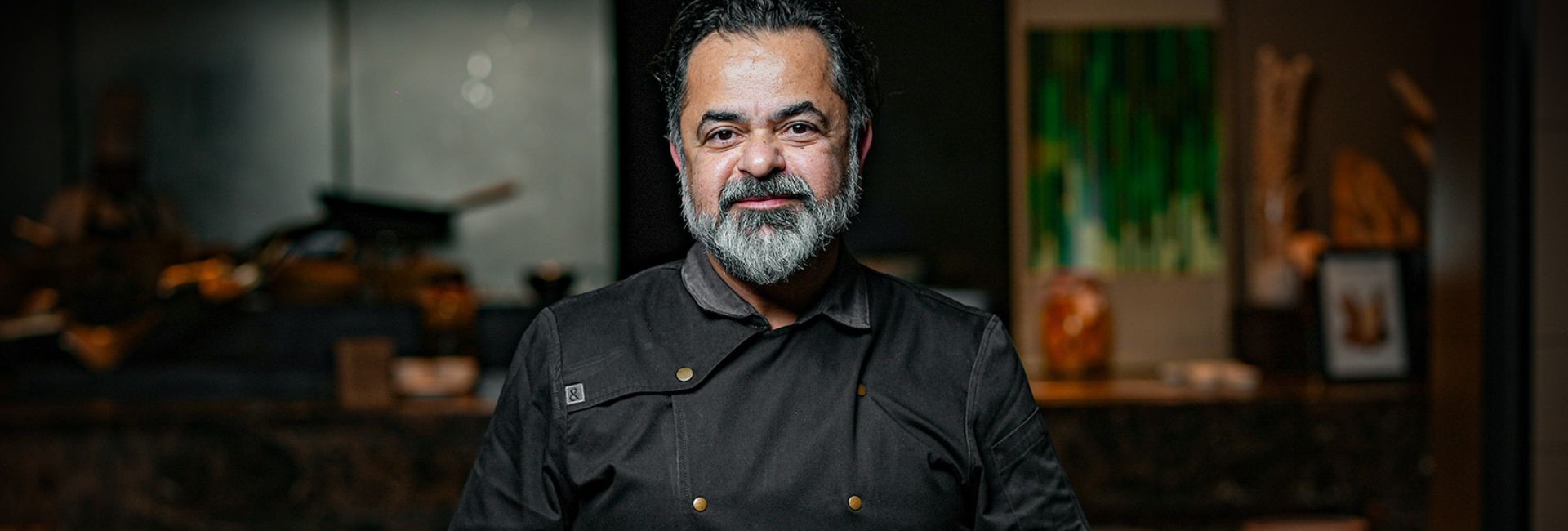
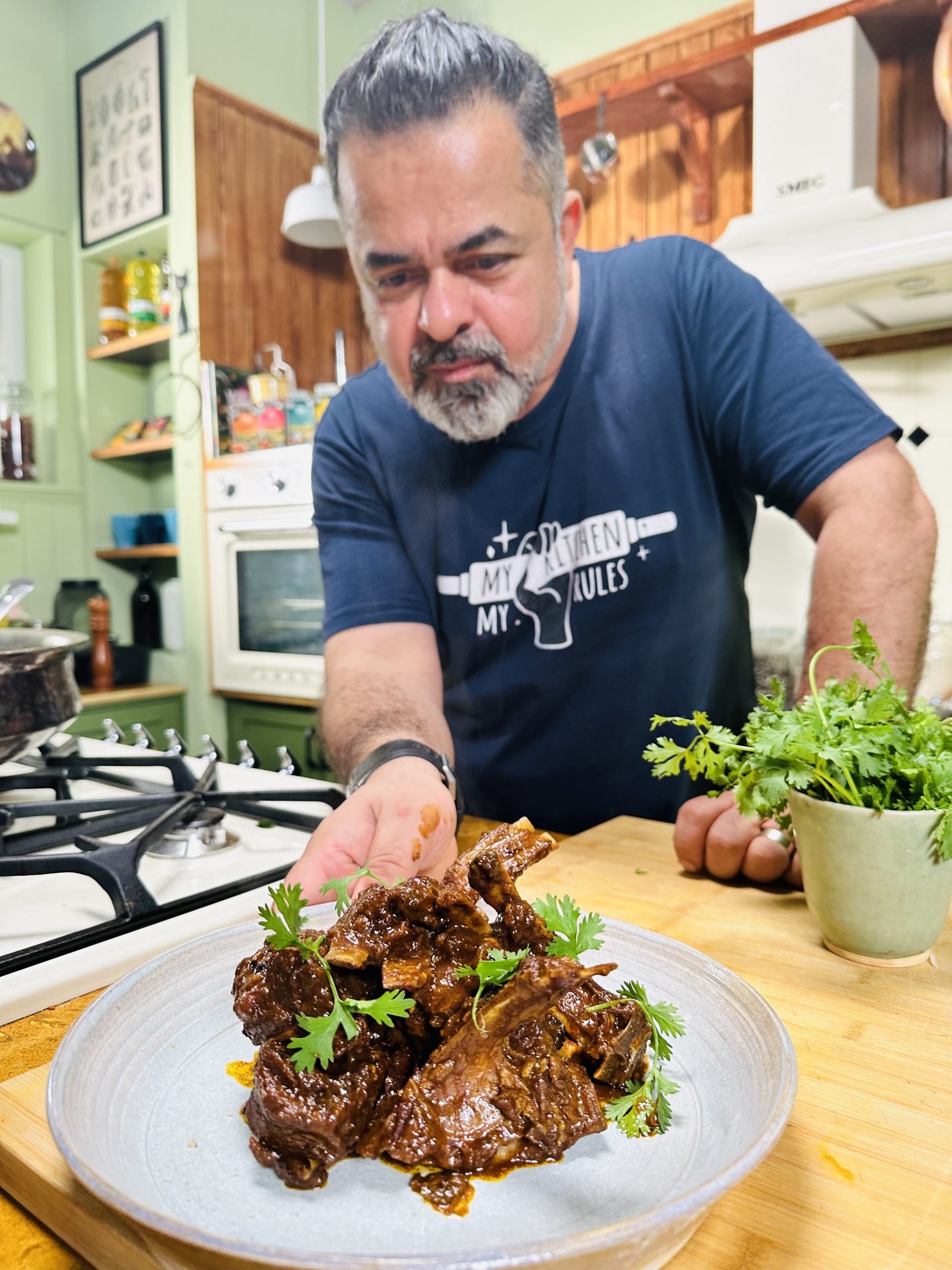
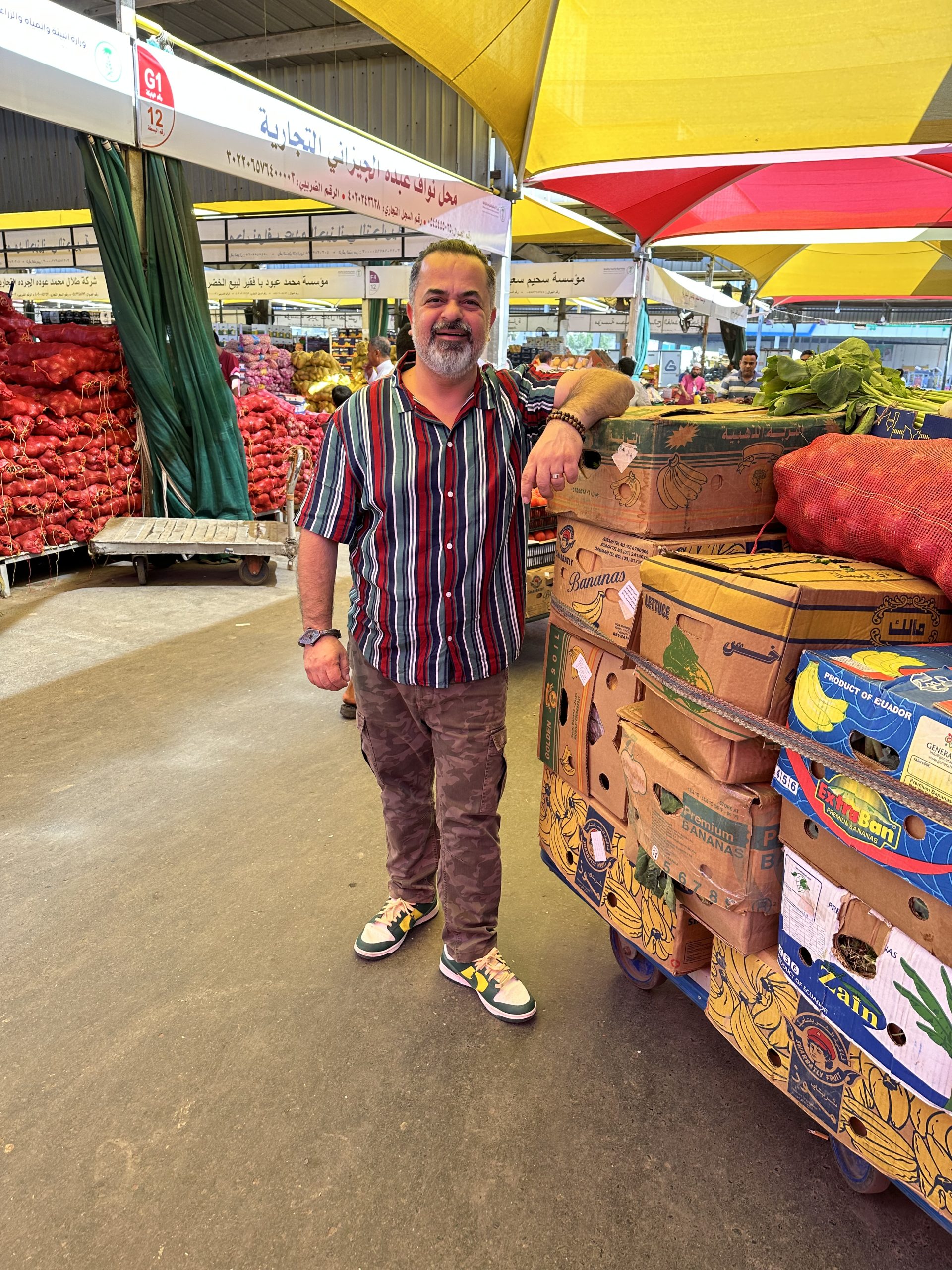

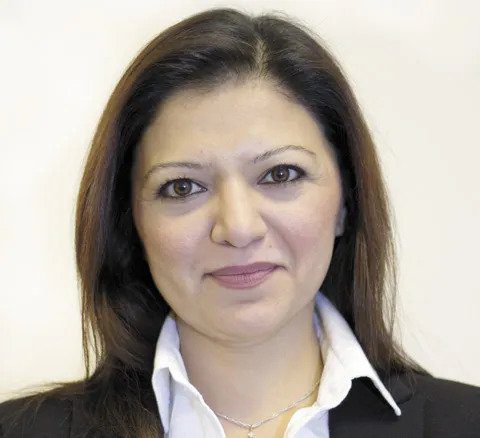 Sufiya Ahmed is a British-Indian author.[/caption]
Sufiya Ahmed is a British-Indian author.[/caption]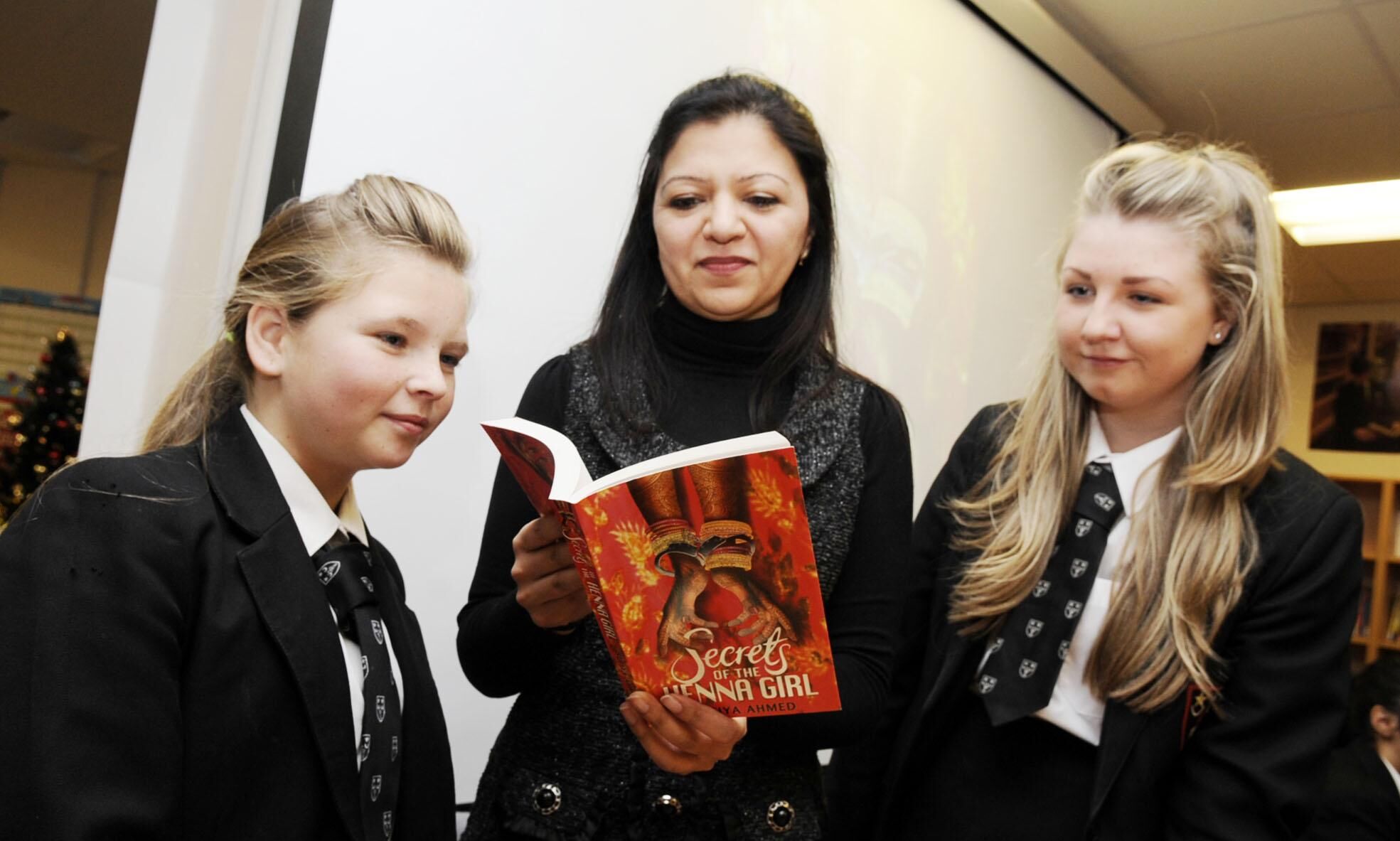 Sufiya Ahmed reading Secret of the Henna Girl to school kids in the UK[/caption]
Sufiya Ahmed reading Secret of the Henna Girl to school kids in the UK[/caption]
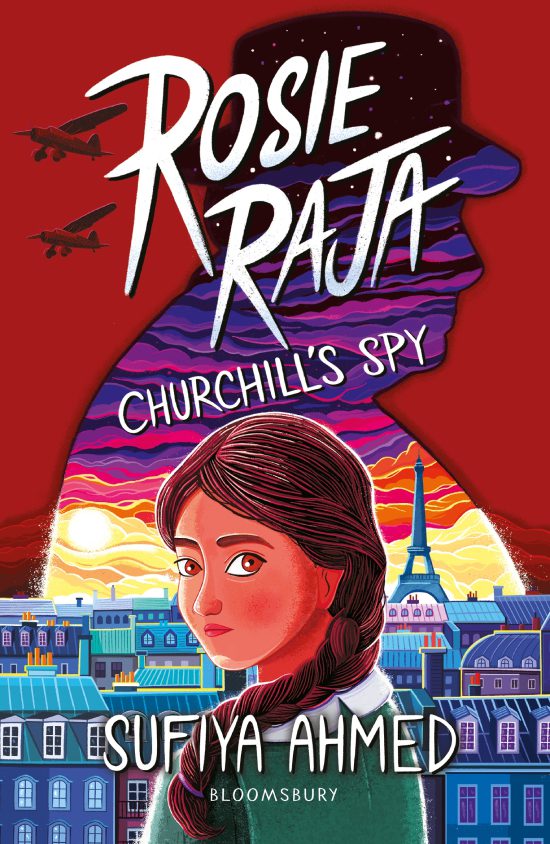 Sufiya Ahmed's Rosie Raja: Churchill's Spy will be out in August.[/caption]
Sufiya Ahmed's Rosie Raja: Churchill's Spy will be out in August.[/caption]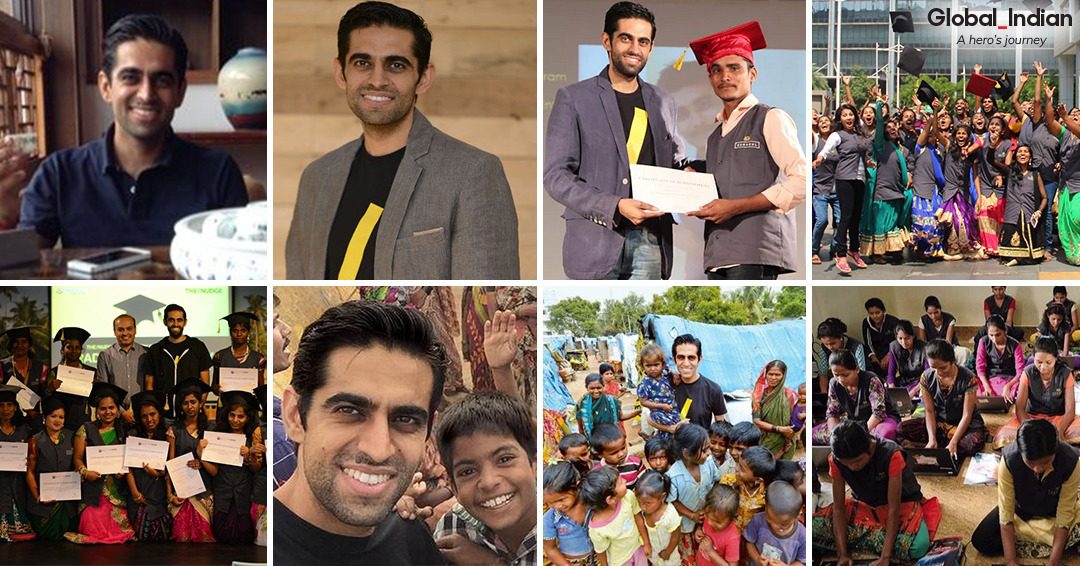
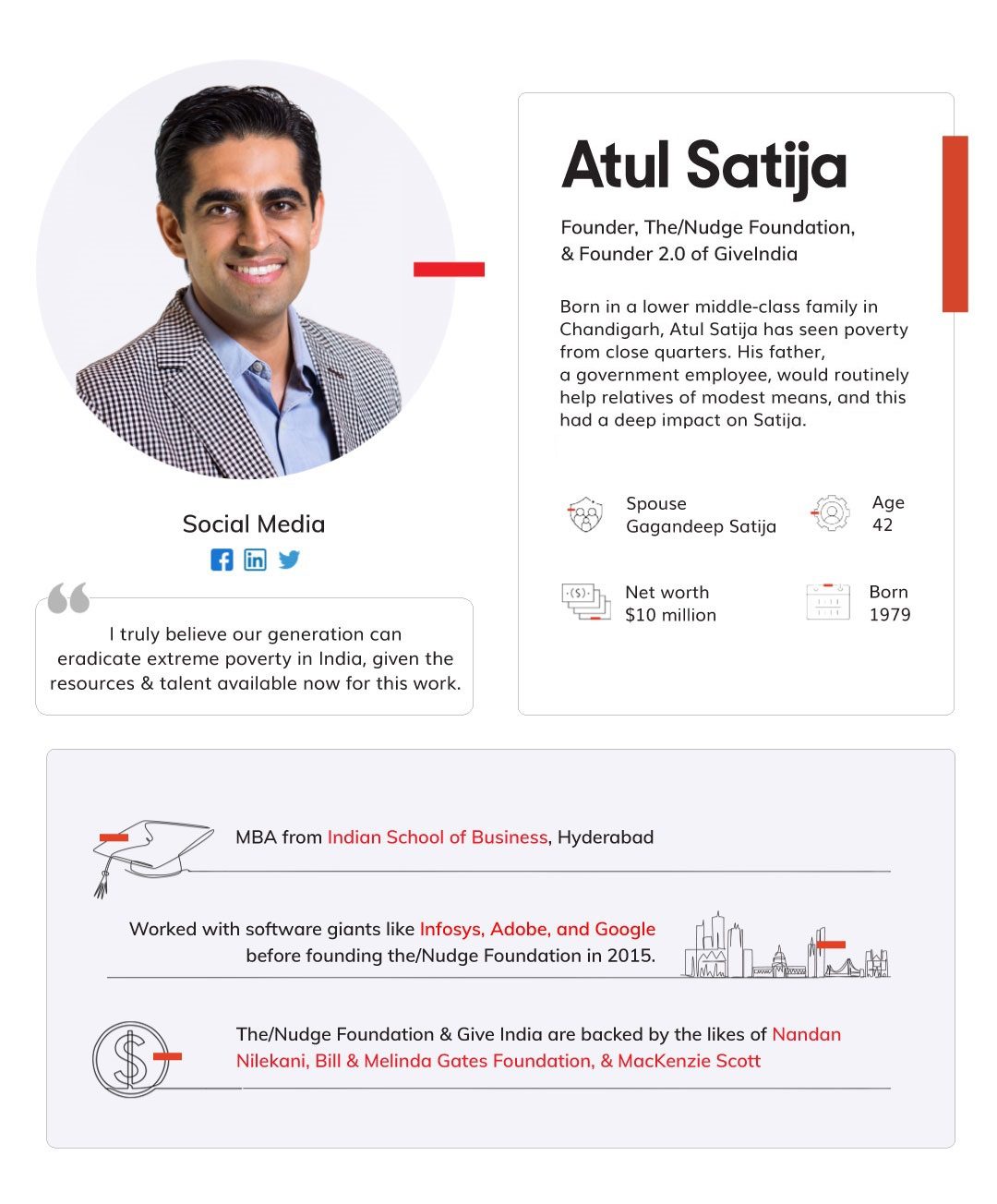
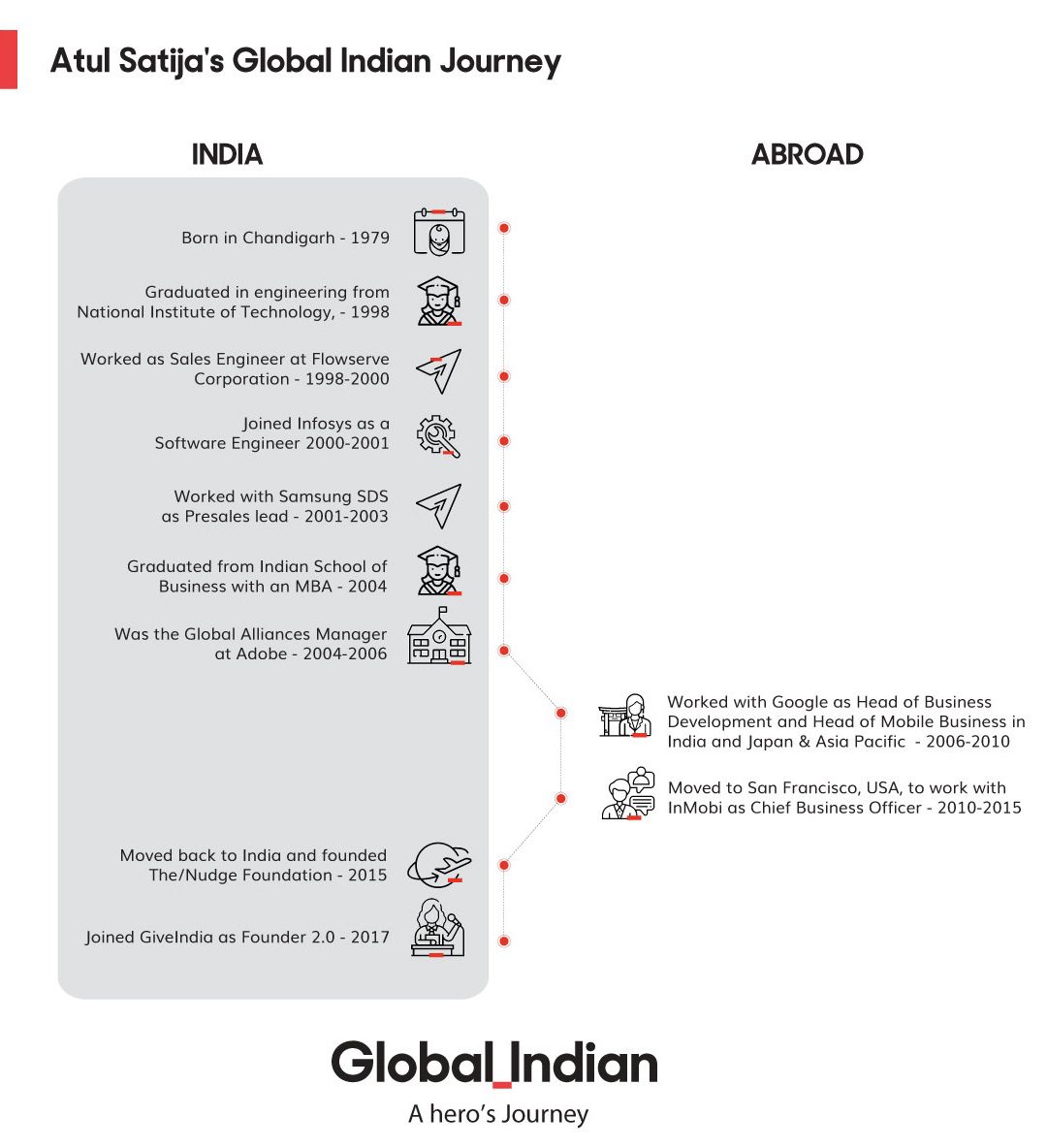
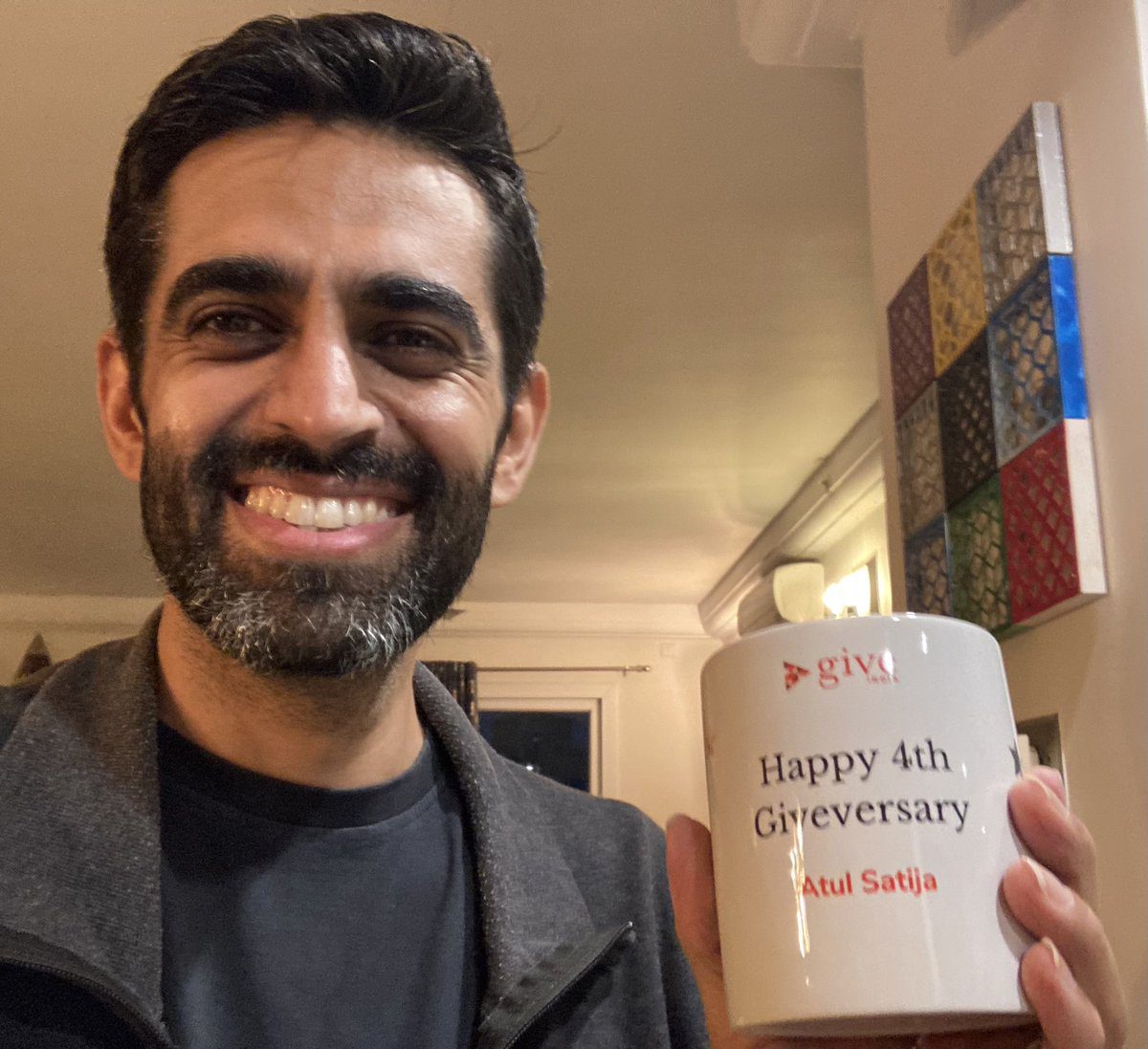 Atul Satija[/caption]
Atul Satija[/caption]
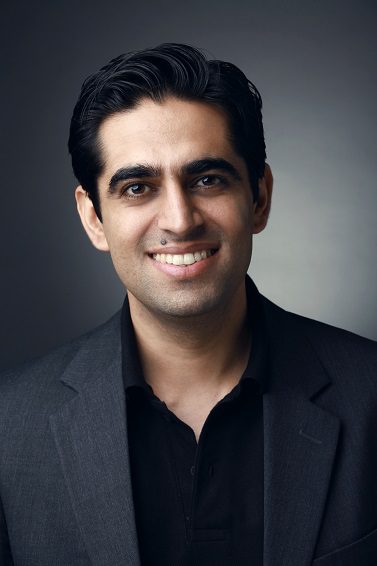 Atul Satija[/caption]
Atul Satija[/caption]